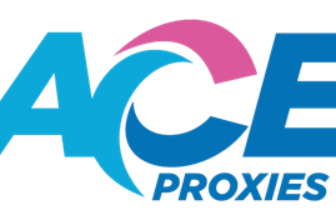
Patient Privacy and Health Informatics
[ad_1]
In today’s world, consumers use secure internet software to manage their finances, make purchase transactions, register to personalized sites, and apply for online applications that contain personal data. As information technology has invaded the healthcare sector, similar issues are now present in regards to protection of privacy information. Overall, patient information has both positive and negative benefits when being shared over large networks. For medical research perspectives and evidence-based care paradigms, anonymous patient data can direct better quality care. However keeping data anonymous is the challenge. From a negative perspective, access of this information by employers or insurance agencies could cause significant personal and public problems potentially. The ability to protect this information is important. By eliminating the risks, health informatics provides another tool for enhancing medical quality.
The challenge for some health information technology systems has been converting patient database collections into an anonymous format to allow medical research to study epidemiological trends and treatment assessments. To what extent does data have to be made anonymous in order to ensure patient privacy? To an extreme this could render the data useless, but rarely is this necessary. In a poll of patients, 81 percent felt the use of their health information in medical research if kept anonymous would help their physicians render better care. With this level of support, anonymity is the focus.
The same challenge now exists for healthcare systems utilizing evidenced-based care. In order to make proper assessments of patient outcomes with specific treatments, some factors are required to define the optimal patterns of care. For example, identifying age and gender may be crucial to whether a treatment is effective for a sub-population. However, if the data group is small, this information could reveal identifying characteristics eliminating anonymity. In using health informatics to achieve this goal of improved patient care measures, safeguards must be followed to avoid pitfalls of accidentally identifying patients.
In another poll question, 68 percent of patients felt it was top priority not to have employers have access to their health information. It is surprising the figure is not higher, but regardless, the majority sees this as a significant threat. This becomes even more important for health and life insurance companies that regulate insurance premiums and allowables. While it may not be an accepted practice to alter these variables according to disease specifics in individual patients, patients see this as a tremendous risk. This is similar to protecting key financial information for consumers as both loss of finances and insurance protection affect deep feelings of security overall.
Compared to prior systems that were manually operated, information technology enhances the ability to look at large sets of healthcare data. Without this ability to effectively organize and store information and disseminate it to areas of research and care decisions, manual abilities would be tremendously handicapped in making the same strides in patient care. But with these benefits comes precautions to first do no harm to the patient. What is advantageous for informatics is the ability to apply safeguards in a uniform manner to allow protection of patient privacy. Solutions to provide data security are much simpler than in manual systems in general.
While risks if information dissemination exists with electronic health information systems, solutions to control anonymity and maintain information security are readily available. Patient populations support these are important areas, and informatics experts have listened to these needs. By providing necessary privacy protection, significant improvements in healthcare quality can evolve more rapidly. By proceeding with appropriate concern, these benefits will be realized for everyone.
[ad_2]
Source by Anton Pearce



